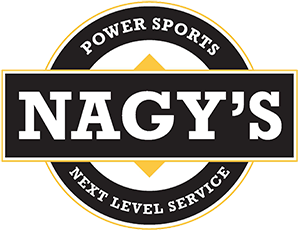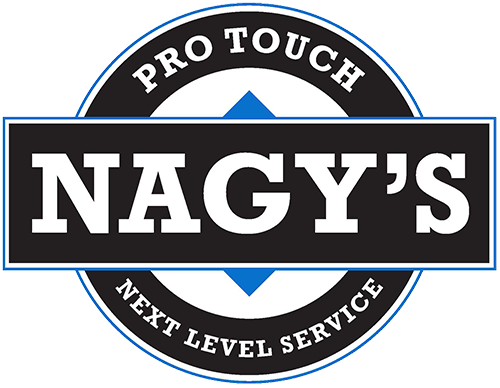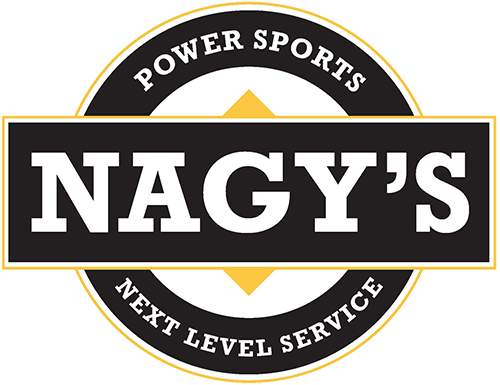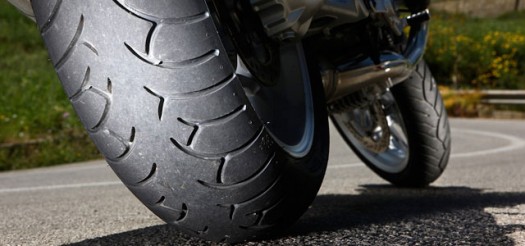Never underestimate the importance of having good, properly inflated tires on your motorcycle. The small contact patches provided by the front and rear tires are the motorcycle's only source of traction. Deterioration of your tire's condition can jeopardize this contact patch and bring a good ride to a quick end.
Inflation- Proper air pressure is critical for tire performance and tire life. Under-inflation or overloading can cause sluggish handing, heaving steering, and internal damage due to over-flexing, and can cause the tire to separate from the rim. Over-inflation can reduce the contact area, can make the motorcycle react harshly to bumps, and makes the tire more likely to be cut or punctured by sudden impact. It's best to check the air pressure when the tires are cold, at least three hours since the last ride.
Tread- Regularly inspect your tires for adequate tread depth. When the tire is worn to the built-in indicators at 1/32nd inch or less, the tire is dangerously worn and must be replaced. For a quick check, if you insert a penny into a groove in the center of your tire, 2/32 of a inch is right at the top of Lincoln's head.
Matching Tires- Correct matching of front and rear tires is critical to obtaining optimum performance and handling. Never mount a rear tire in front or vice versa. Combing a new tire with a worn tire may cause instability.
The Heat Cycle- Every time you ride, the tires go through a "heat cycle" as they go from ambient to operating temperature and back down again. Each successive heat cycle slowly hardens the tire. Similarly, as tires age, chemical reactions cause the rubber to harden, even during nonuse. Whether through heat cycles or aging, the tire's surface becomes less spongy and less able to interlock with the road surface. Tires can also absorb petroleum-based fluids from the road, which can further deteriorate the rubber. So, tires eventually have to be replaced, even if they have plenty of tread left.
Safe riding depends on selecting the right tires, inspecting and maintaining them, and replacing them as necessary.



